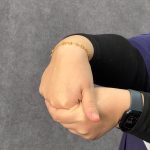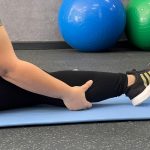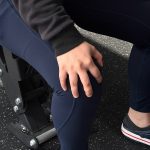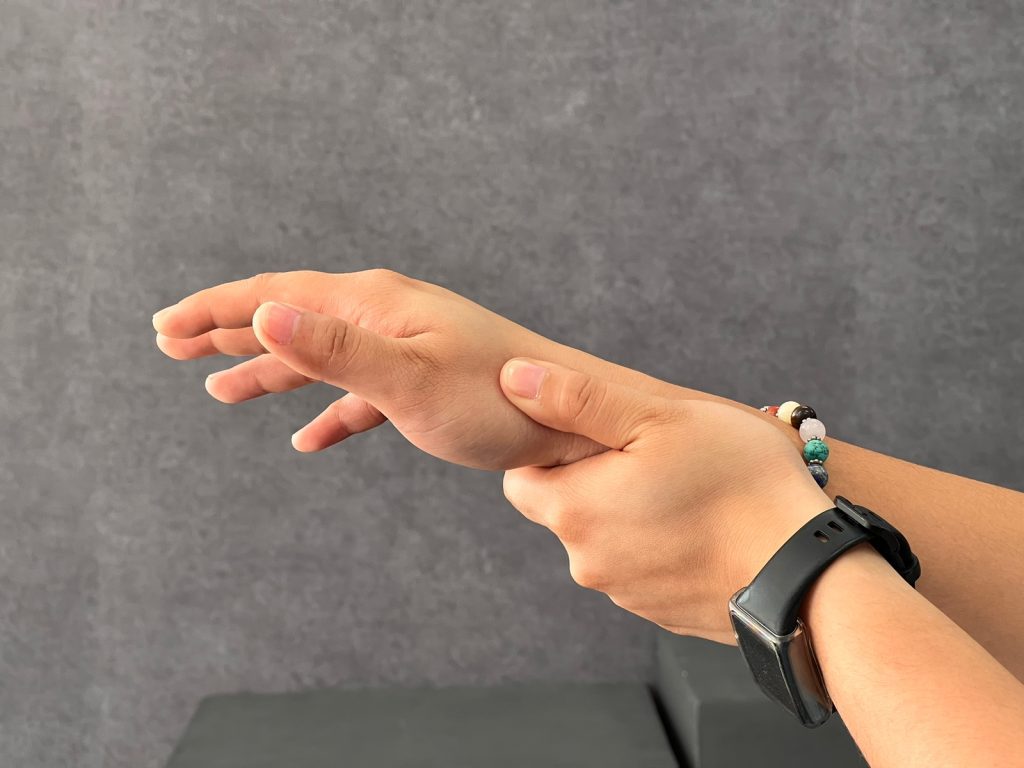
Health Blog | 3 MIN READ
De Quervain’s Tenosynovitis
Dr. Maureen Tarun Agustin
De Quervain’s Tenosynovitis affects the two tendons found at the base of the thumb namely Abductor Pollicis Longus (APL) and Extensor Pollicis Brevis (EPB). These two tendons work mainly to assist the thumb away from the index finger and to move the thumb into extension. As we know, tendons are the ones attaching muscles to bones, so when you activate your muscle, the tendon pulls the bone thus creating the movement. Any inflammation on the tendons and its compartment can lead to swelling and irritation to the area making it painful to do some wrist and thumb movements.
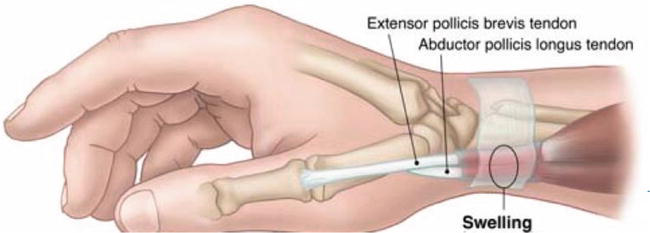
Causes

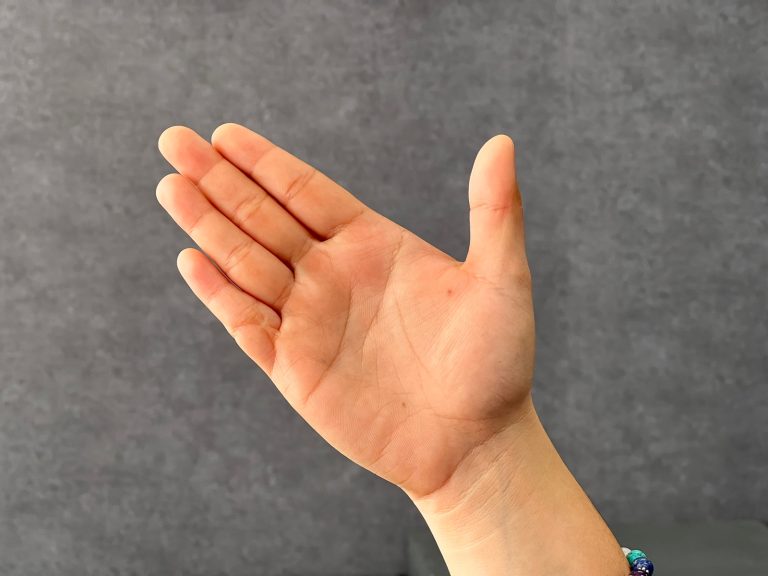

• The main cause that leads to De Quervain’s Tenosynovitis condition is the overuse or repetitive motions involving the wrist and thumb such as forming a fist, grasping and gripping objects and turning the wrist.
• It can also be associated with people that have Rheumatoid Arthritis as they are predisposed to have inflammation on the joints.
• Moreover, hormonal changes and fluid retention during pregnancy can also make you susceptible to this condition.
Risks and Symptoms
• Pain and swelling near the base of the thumb. Swelling can be accompanied by a fluid-filled cyst in the area.
• Difficulty in thumb and wrist movements such as during pinching and grasping objects
• Usually occurs between ages 40-50 years old, and is more common in women than in men
• Upon pregnancy and baby care
Diagnosis
To know if you probably have De Quervain’s Tenosynovitis, your doctor will do some assessments like palpating the area involved to check for pain aggravation and swelling. The doctor will also ask you to perform a special test designed to check the DQT.




1. Finkelstein Test
Position: sitting or standing
Patient will be in a comfortable position with the unaffected hand resting on the table while the affected hand is in the air. Patient is asked to bring the thumb across the palm then bend the fingers over the thumb, and lastly, bend the wrist towards the little finger.
An alternative way to do the test was that unaffected hand also in the air, bend the wrist towards the little finger and the examiner will passively pull your thumb across your palm making it in a stretched position of the tendons.
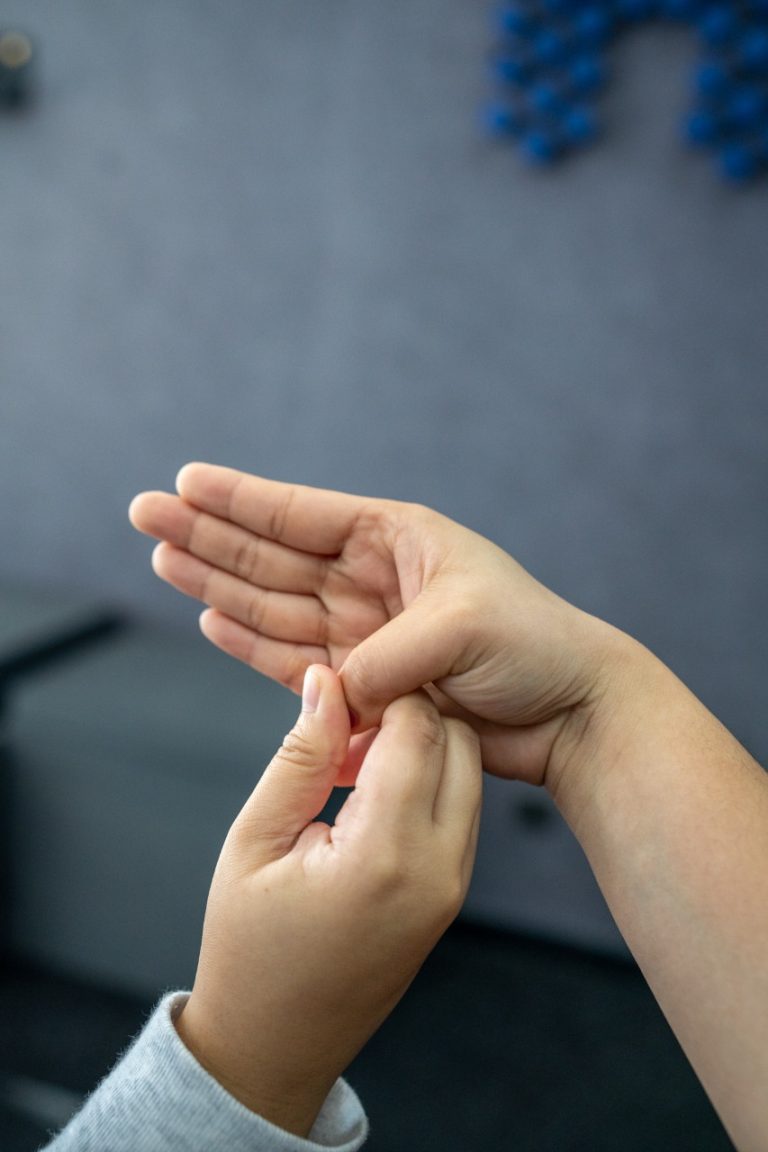

Any reproduction of symptoms or pain on the tendons and back compartment of the wrist indicates a positive test that you may have De Quervain’s Tenosynivitis.
Treatment
Now that we know the main cause of the De Quervain’s Tenosynovitis, we can help with the treatment based upon the severity of case. The treatment plan needs to focus on reducing the irritation on the tendons and its sheath.
We have several non-surgical options that can help with the condition including:
1.MEDICATIONS a. NSAIDs (Non-Steroidal Anti-Inflammatory Drugs) can be taken to reduce swelling and pain such as Naproxen and Ibuprofen b. Corticosteroids will be injected directly into the tendon sheath to also relieve pain and swelling
2. SPLINTS – that can be worn especially at night to maintain the wrist and thumb in comfortable straight position


3. PHYSIOTHERAPY – Can be treated with some modalities for pain. Stretching and strengthening exercises provided by the physiotherapist will relieve the pressure on the tendons and their sheath along with some activity modifications
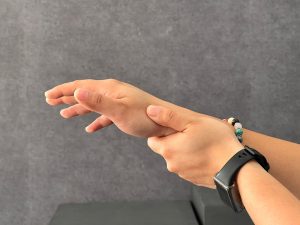

The surgical option can be considered if the symptoms persists and condition is still not improving. The surgeon will do a release on the tendon sheath making a room for the inflamed tendons to move pain-free. Post-surgery rehab can be suggested to regain comfort and strength, and recovery process usually takes within a few weeks.
Physiotherapy Exercises
Physiotherapy can help reduce symptoms through exercises to speed up healing and regain the strength of the wrist and thumb area.
Here are some of the exercises we recommend to do if you think you have De Quervain’s Tenosynovitis. Most of the exercises doesn’t require equipment so you can easily do it at your own convenience.
1. Range of motion exercises x 10 repetitions x 2 sets
a. Wrist Flexion – hands in front with palms down, bend the wrist towards the floor


b. Wrist Extension - hands in front with palms down, bend the wrist towards the ceiling


c. Radial Deviation – hands in front with palms down, turn the wrist towards the thumb direction



d.Ulnar Deviation - hands in front with palms down, turn the wrist towards the little finger direction


e. opposition – hands in front with palms up, bend your thumb across the palm reaching each fingertip
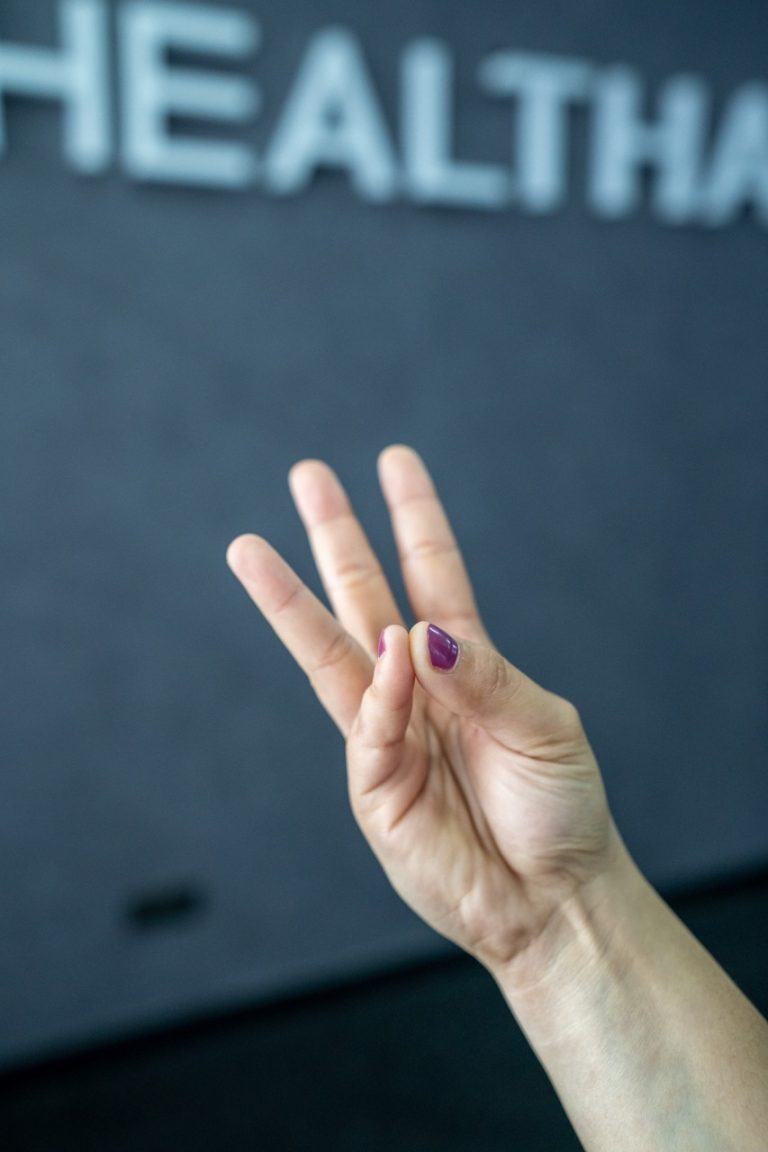

f. Thumb Flexion – hands in mid position, move the thumb away from the other fingers
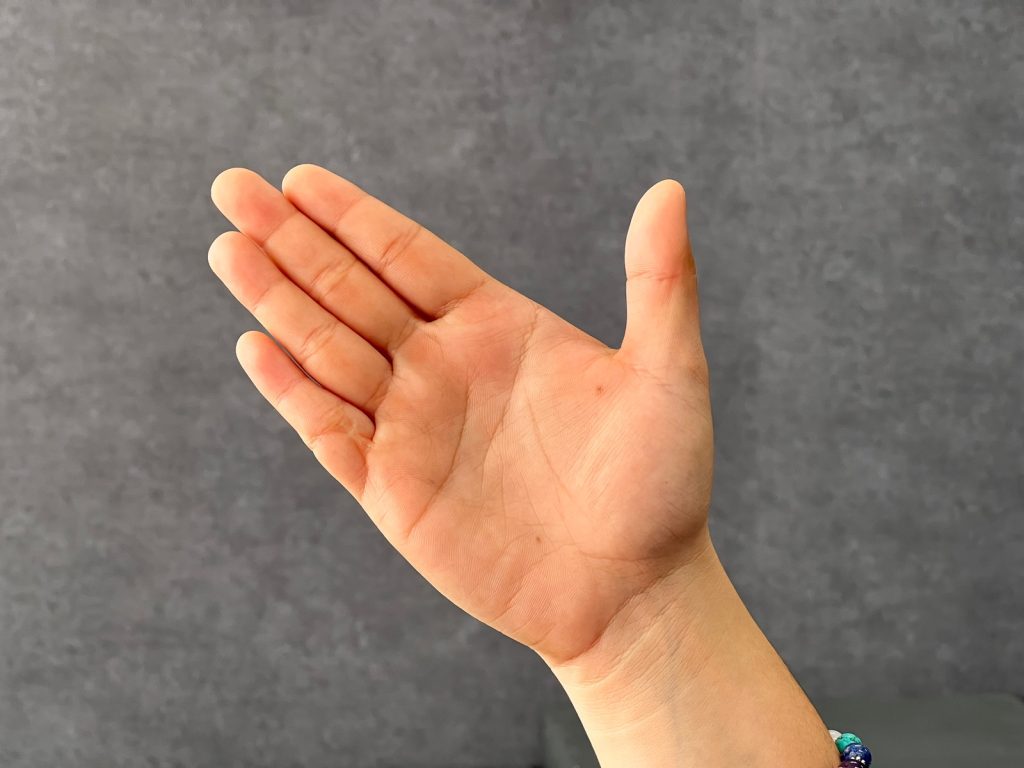

2. Stretching exercises x 30 seconds hold x 3 repetitions
a. Wrist Flexion – hands in front with palms down, using your other hand, bend wrist towards the floor and once the stretch is felt, hold the position


b. Wrist Extension - hands in front with palms down, using your other hand, bend the wrist towards the ceilingand once the stretch is felt, hold the position


c. Opposition – hands in front with palms up, bend your thumb and little finger making them in contact with each other and hold the position
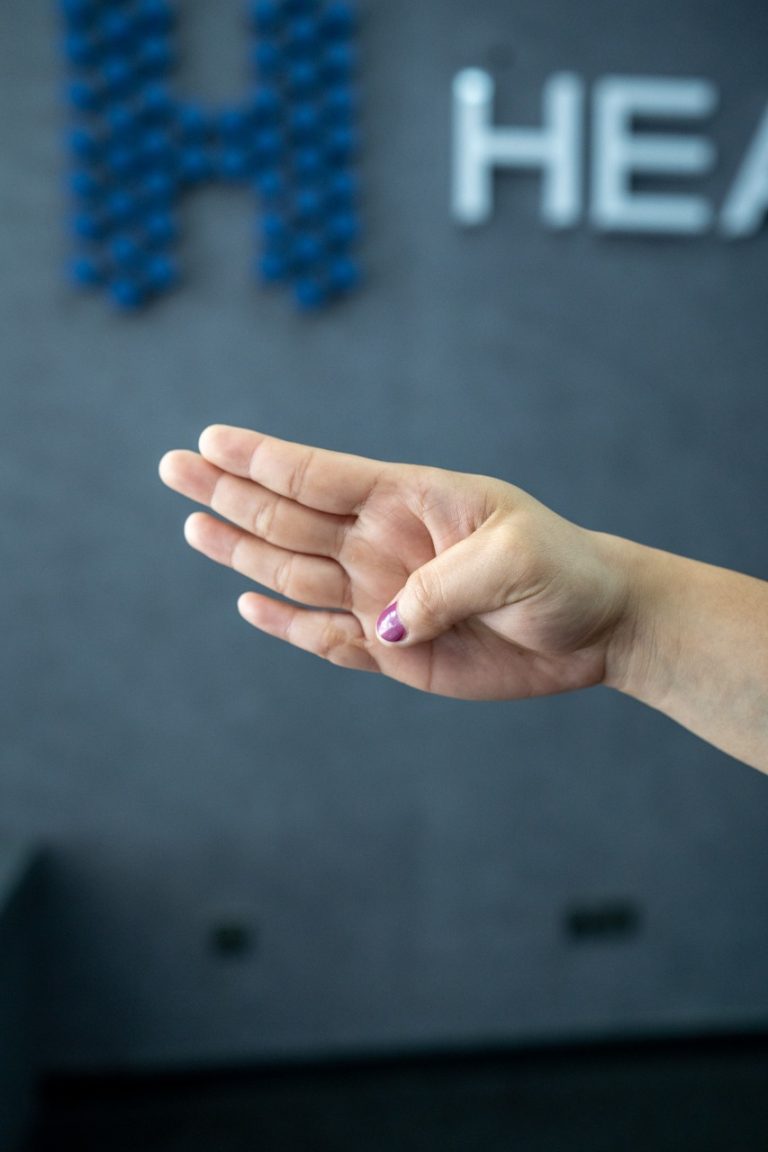

3. Strengthening exercises x 5 seconds hold x 10 repetitions
a. Wrist Flexion, Extension, and Radial Deviation – same position with a range of motion but hold a dumbbell or use a resistance band
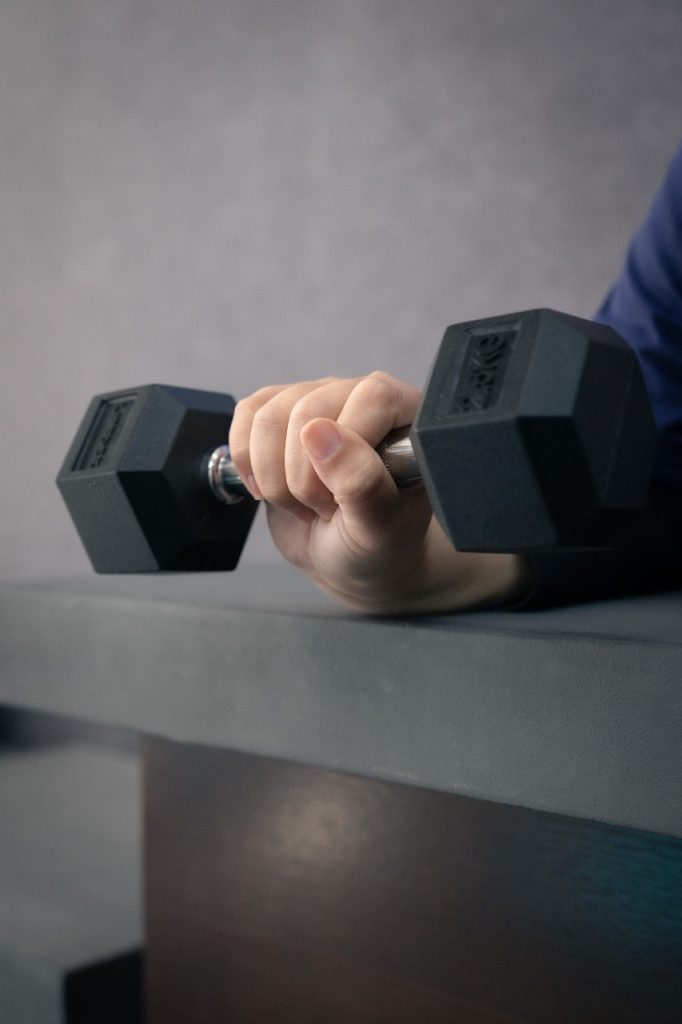

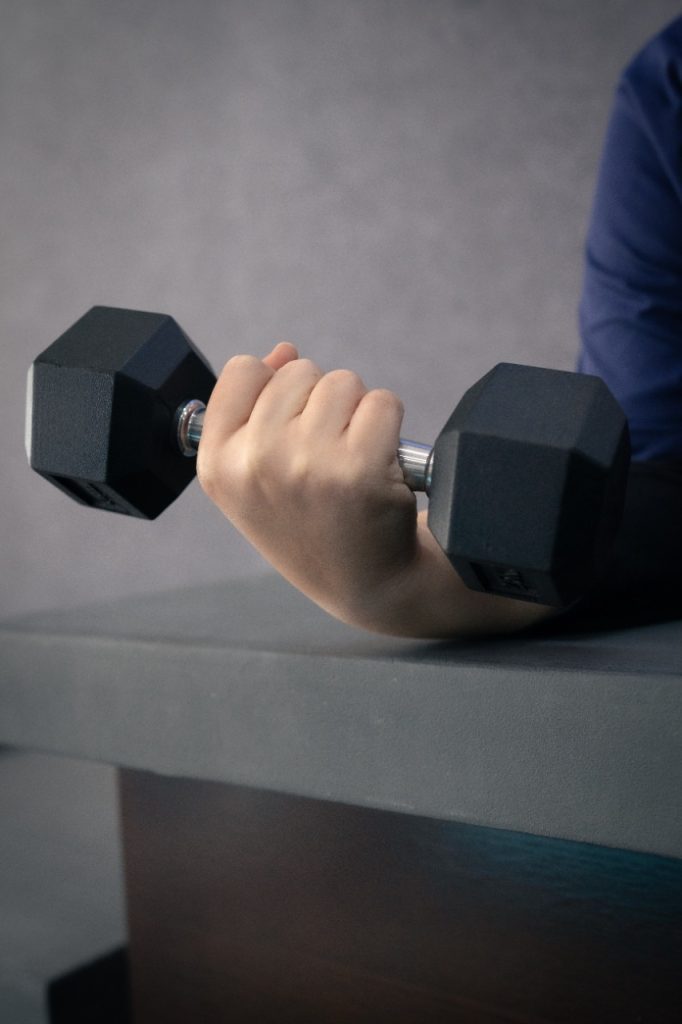

b. Grip strengthening – using a ball or pillow, squeeze tightly as if you’re making a fist and hold the position
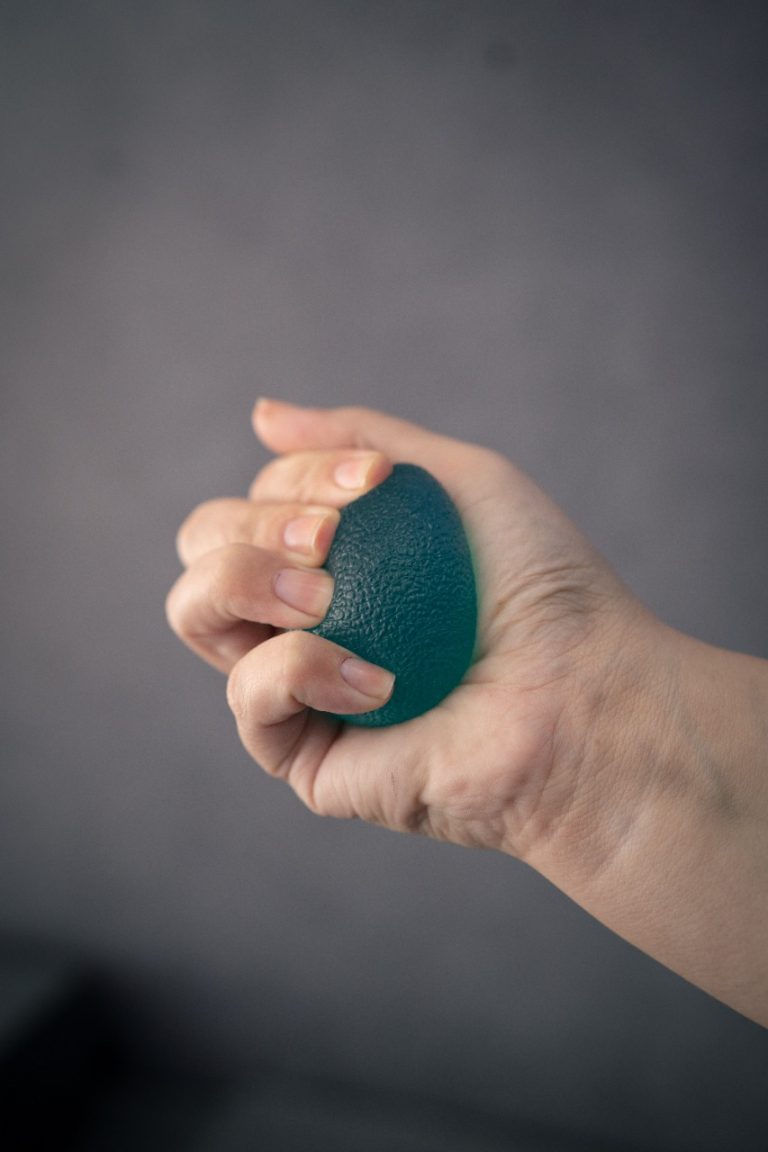

Initially, start moving your wrist and thumb slowly as we don’t want to add more pain to the area. You can combine the exercises with the warm/ice compress before and after the exercises for the muscle relaxation. Make sure to do your exercises every day and slowly decrease to 3x a week if you start to feel better and the maximum strength is achieved. This condition tends to respond well to the treatments and so daily activities can be normal again.
De Quervain’s Tenosynovitis is a temporary condition, but that doesn’t mean you should take it lightly. If not treated properly, it can be severe that can permanently limit some of your wrist and thumb movements. So, if you think you have this condition, visit your doctor and have treatment right away.



